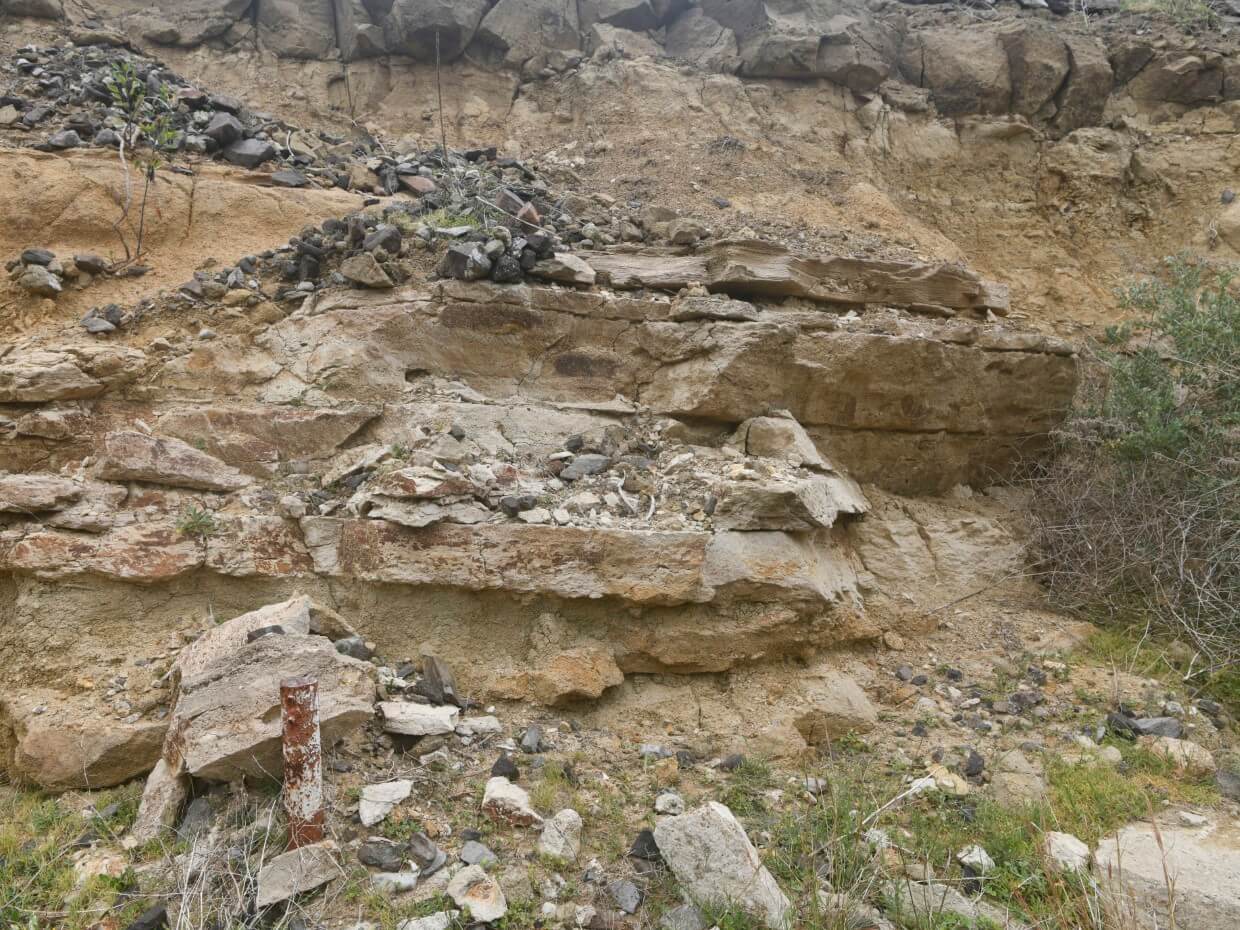Madeira
The Madeira Archipelago, found 795 km SW from mainland Portugal and 640 km W from Morocco, is formed by two major islands (Madeira and Porto Santo), and a small set of islets called Desertas.
The islands occur between latitudes 32°23’ and 33°15’ N and longitudes 17°14’ and 16°22’ W. With the oldest subaerial ages ranging from 18.8 Ma at Porto Santo (Mata et al., 2012) to 7 Ma on Madeira (Ramalho et al., 2015), the archipelago is regarded as the remnants of the Madeira Volcanic Province hotspot chain (Geldmacher et al., 2005; Carracedo & Troll, 2016).
In the archipelago, marine fossiliferous deposits are known from the Miocene of Madeira and Porto Santo (Santos et al., 2012a, 2012b, 2012c; Gudveig Baarli et al., 2014), whereas Last Interglacial marine deposits are only known from Porto Santo Island (Gerber et al., 1989).
Explore Madeira Paleobiodiversity Data
Bibliography
CARRACEDO, J.C. & V.R. TROLL, 2016. The Geology of the Canary Islands, first ed. Elsevier, Amsterdan, p. 621.
GELDMACHER, J., K. HOERNLE, P. BOGAARD, S. DUGGEN & R. WERNER, 2005. New 40 Ar/39 Ar age and geochemical data from seamounts in the Canary and Madeira volcanic provinces: support for the mantle plume hypothesis. Earth and Planetary Science Letters, 237 (1): 85–101.
GERBER, J., J., HEMMEN & K. GRÖH, 1989. Eine pleistozäne marine molluskenfauna von Porto Santo (Madeira – Archipel). Mitteilungen der Deutschen Malakozoologischen Gesellschaft Heft, 44 (45): 19–30.
GUDVEIG BAARLI, B., M. CACHÃO, C.M. DA SILVA, M.E. JOHNSON, E.J. MAYORAL & A. SANTOS, 2014. A Middle Miocene carbonate embankment on an active volcanic slope: Ilhéu de Baixo, Madeira Archipelago, Eastern Atlantic. Geological Journal, 49: 90–106.
MATA, J., P.E. FONSECA, S. PRADA, D. RODRIGUES, S. MARTINS & R. RAMALHO, 2012. O arquipélago da Madeira. Geologia de Portugal, 2: 691–746.
RAMALHO, R.S., A. BRUM DA SILVEIRA, P. FONSECA, J. MADEIRA, M. COSCA, M. CACHÃO, M. FONSECA & S. PRADA, 2015. The emergence of volcanic oceanic islands on a slow- moving plate: the example of Madeira Island, NE Atlantic. G-cubed, 16: 522–537.
SANTOS, A., E.J. MAYORAL, B. GUDVEIG BAARLI, C.M. DA SILVA, M. CACHÃO & M.E. JOHNSON, 2012a. Symbiotic Association of a pyrgomatid barnacle and a coral from a volcanic Middle Miocene shoreline (Porto Santo, Madeira Archipelago, Portugal). Palaeontology, 55(1): 173–182.
SANTOS, A., E.J. MAYORAL, M.E. JOHNSON, B. GUDVEIG BAARLI, C.M. DA SILVA, M. CACHÃO & J. LEDESMA-VÁZQUEZ, 2012b. Basalt mounds and adjacent depressions attract contrasting biofacies on a volcanically active Middle Miocene coastline (Porto Santo, Madeira Archipelago, Portugal). Facies, 58(4): 573–585.
SANTOS, A., E.J. MAYORAL, M.E. JOHNSON, B. GUDVEIG BAARLI, M. CACHÃO, C.M. DA SILVA & J. LEDESMA-VÁZQUEZ, 2012c. Extreme habitat adaptation by boring bivalves on volcanically active paleoshores from North Atlantic Macaronesia. Facies, 53: 325–338.
How to cite:
MPDb (2023). Madeira. Macaronesian Palaeobiodiversity Database. https://macpaleo.uac.pt/











